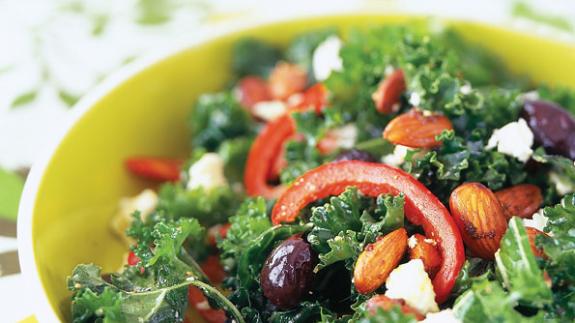Recipes
-
A vegan tomato sauce to use as a base for soups, stews, or chili.
-
Our favorite organic chefs offer recipes to celebrate the bounty of Autumn produce.
-
A quick and easy kale recipe to make any night of the week.
-
Quick spinach quesadillas are ideally cooked in a “tawa,” an Indian concave pan used to make chapatis. A large wok is second best, followed by a nonstick pan roughly the diameter of the tortillas.
-
Elana Amsterdam, founder of the blog Elana’s Pantry, shares her favorite gluten free, vegan, and paleo lunchbox staple: Spicy Power Bars!
-
Pick up these seasonal delights at your natural products store or local farmers market and whip up an entree the whole family will love.
-
This salad is also great wrapped in a whole-grain tortilla.
-
The summer may be winding down but peach season is booming. Celebrate August’s most succulent fruit with savory and sweet recipes.
-
Catherine McCord, school-lunch maven and author of Weelicious Lunches (William Morrow, 2013), shares her expert tips to create a school lunch your child will actually eat.
